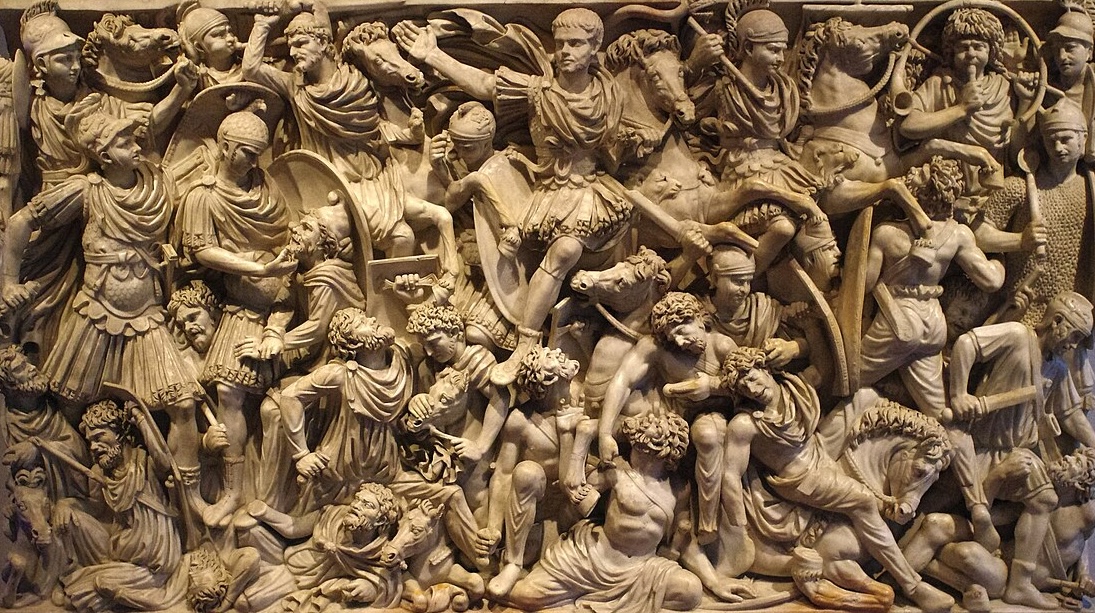
“Marttila used her pencil to record the grim spectacle of a starving city in hopes of preserving the memory the dead.”

ELENA MARTTILA WAS an art student living in Leningrad in September of 1941 when the German army surrounded the city.
For the next several months, the 18-year-old daughter of a purged Red Army officer would bear first-hand witness to the hell that resulted from the longest and most murderous siege in modern history.
As the Nazi blockade cut the city’s two-and-a-half million residents off from the outside world, the young illustrator volunteered as a nurse in a local children’s hospital. Between her long shifts giving care to Leningrad’s tiniest victims, Marttila used her pencil to record the grim spectacle of a starving city in hopes of preserving the memory the dead. Before Leningrad was relieved in January of 1944 (nearly 900 days after the siege began), as many as 1 million civilians had perished.
Elena, now 94, survived the ordeal, but the images of what she saw during that first harrowing winter haunted her. Throughout her long post-war career as an artist, teacher and author, Marttila would continue to revisit her wartime experiences through her work, transforming many of her original sketches into cardboard etchings.
“While my hand can still hold a pencil, I will continue to tell the story of my fellow Leningraders, who are dear to my heart,” she said. “I wish for [my art] to become a warning against the dangers of war for the preservation of our humanity.”
Now for the first time ever, a selection of Marttila’s most poignant illustrations will be going on display in the West. Beginning next week, the University of Cambridge’s Darwin College will host Art and Endurance in the Siege of Leningrad, a two-month expo featuring her drawings. The pieces will be accompanied by lectures, film screenings and panel discussions.
The event kicks off on Jan. 19 and runs through March 17. For more information, visit: artandendurance.org.
(Darwin College has shared the following samples from the the expo with MilitaryHistoryNow.com readers)


















